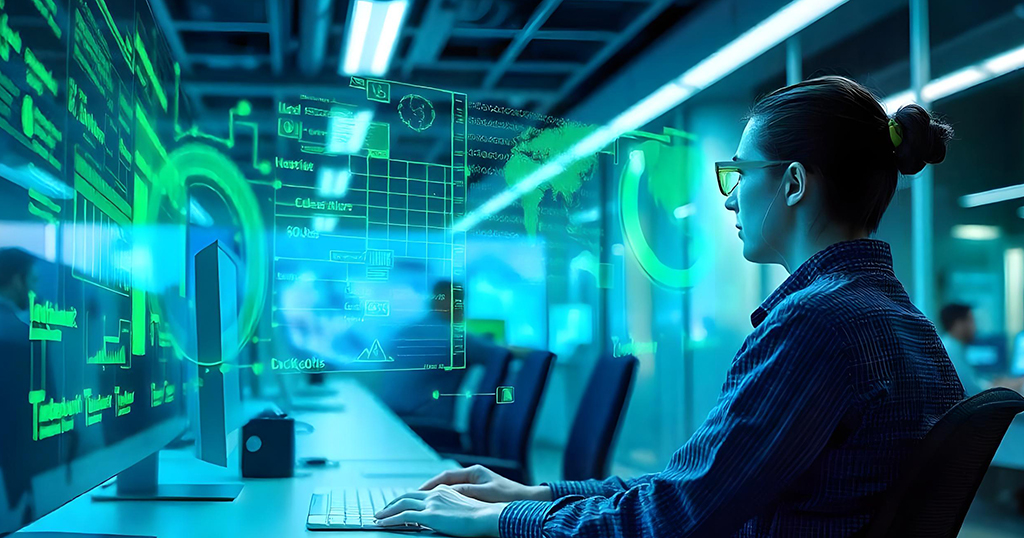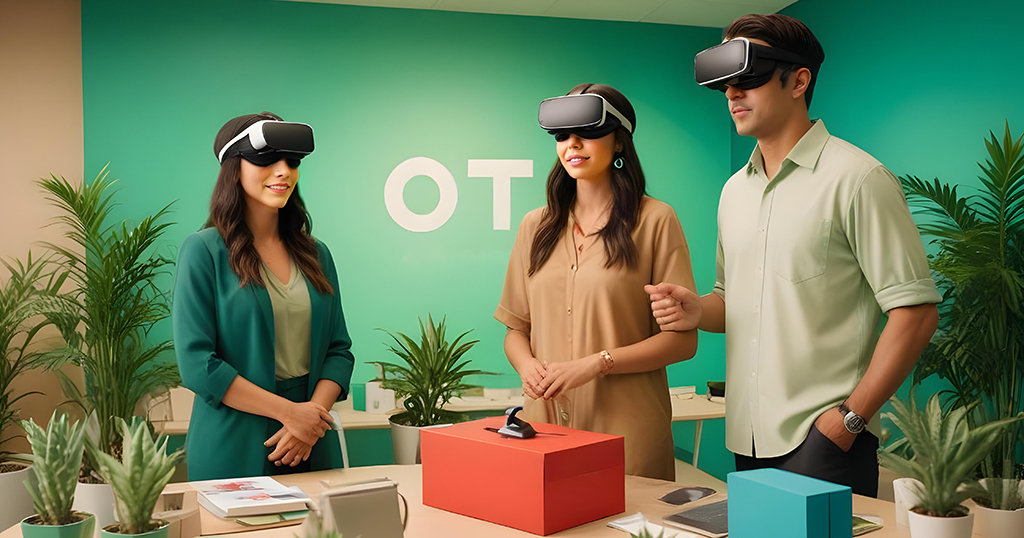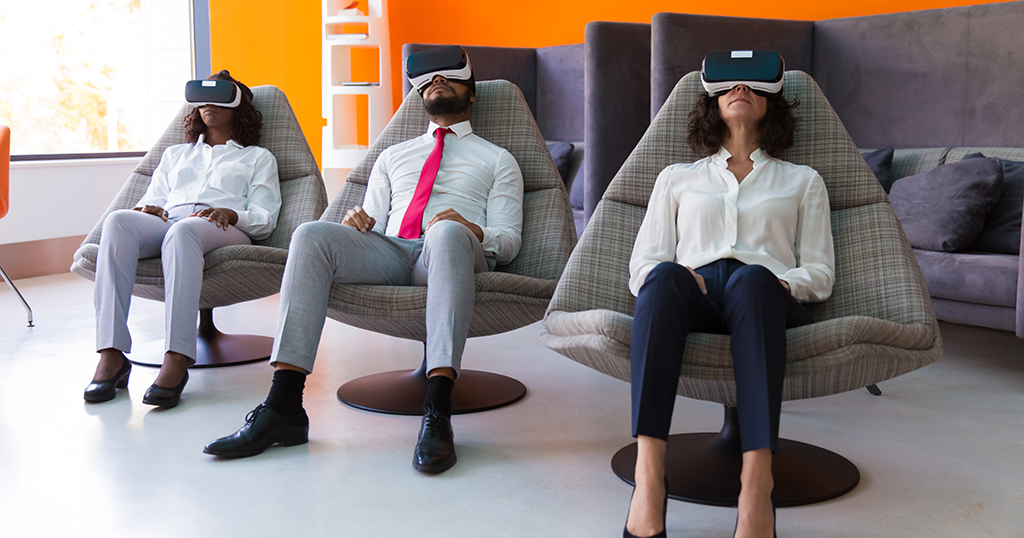30 Surprising Employee Onboarding Statistics for HR in 2024
Sept 23, 2024
Think of onboarding as the warm welcome new employees get when they join your company—it’s their first look at your culture, values, and what’s expected of them. In today’s fast-paced world, how you onboard someone can really impact whether they’re excited about their new job or feel lost and disconnected. As we move through 2024, it’s important for HR teams to keep up with the latest trends and stats on onboarding. Let’s check out some surprising stats that show just how important onboarding is for both employees and companies!
- 36% of Employers Lack a Structured Onboarding Process
Despite the crucial role onboarding plays in employee success, a staggering 36% of employers do not have a structured onboarding process. This lack of organization can lead to confusion and disengagement among new hires, ultimately impacting retention rates and productivity levels. Without a clear plan, new employees may struggle to understand their roles and integrate into the company culture effectively. - Effective Onboarding Can Boost Retention by 82%
Organizations that implement effective onboarding processes can see an impressive 82% increase in retention rates. This statistic highlights the critical importance of a well-structured onboarding experience in keeping employees engaged and satisfied with their roles. An effective onboarding program helps new hires feel welcomed, valued, and aligned with the company’s goals from the start. - Only 12% of Employees Feel Their Company Offers Good Onboarding
A mere 12% of U.S. employees believe that their organization provides a good onboarding experience. This low percentage indicates a significant gap between employee expectations and the reality of onboarding practices in many companies. It underscores the need for organizations to assess and improve their onboarding processes to better meet employee needs. - 79% of Employees Say Onboarding Helps Them Understand Company Culture
A significant 79% of employees report that onboarding programs are instrumental in helping them understand and integrate into the company culture. This highlights the role of onboarding in fostering a sense of belonging and alignment with organizational values. Effective onboarding helps new hires grasp the company’s mission, values, and cultural norms, which can enhance their overall job satisfaction and performance. - 81% of New Hires Feel Overwhelmed During Onboarding
Despite the benefits of onboarding, 81% of new hires express feeling overwhelmed by the volume of information presented during the onboarding process. This suggests that organizations need to streamline their onboarding content and make it more manageable to enhance comprehension and retention. Overloading new hires with information can lead to stress and reduce the effectiveness of the onboarding experience. - 64% of Employees Are Likely to Leave Within Their First Year Due to Negative Onboarding Experiences
A staggering 64% of employees are inclined to leave a new job within their first year if they have a negative onboarding experience. This statistic emphasizes the need for organizations to invest in creating positive onboarding journeys. A poor onboarding experience can lead to early turnover and negatively impact organizational stability and employee morale. - 52% of Employees Are Satisfied with Their Onboarding Experience
While many employees feel overwhelmed, only 52% report being satisfied with their onboarding experience. This indicates that there is still considerable room for improvement in how organizations approach onboarding. Enhancing the onboarding process can help increase employee satisfaction and reduce turnover rates. - 23% of New Hires Leave Before Their First Anniversary
Approximately 23% of new hires leave their positions before reaching their first anniversary. This statistic highlights the importance of effective onboarding in retaining talent. A well-executed onboarding program can help new employees feel more connected and committed to their roles, increasing the likelihood of long-term retention. - 70% of Employees Who Excelled Had a Streamlined Onboarding Experience
Research shows that 70% of employees who excelled in their roles had a streamlined onboarding experience. This correlation suggests that an efficient and well-organized onboarding process can lead to higher performance levels. Streamlined onboarding helps new hires quickly understand their responsibilities and integrate into their teams, setting them up for success. - 43% of New Hires Wait Over a Week for Necessary Work Tools
A survey found that 43% of new hires waited more than a week for their workstations and tools to be set up. This delay can hinder productivity and contribute to frustration among new employees. Ensuring that new hires have access to the necessary tools and equipment from day one is crucial for a smooth onboarding experience. - The Average Onboarding Cost Is $1,830 Per Hire
Organizations typically spend an average of $1,830 per hire on onboarding. Understanding these costs can help HR departments allocate budgets more effectively. Investing in a well-planned onboarding program can lead to long-term savings by improving retention and reducing turnover. - Only 49% of Employers Provide a Company Overview During Onboarding
Shockingly, only 49% of employers provide a comprehensive overview of the company during onboarding. This lack of information can leave new hires feeling disconnected from the organization’s mission and values. Providing a thorough company overview helps new employees understand the broader context of their roles and how they contribute to the organization’s goals. - 94% of Employees Would Stay Longer if Companies Invested in Their Development
A staggering 94% of employees would be more likely to stay with a company that invests in their learning and development. This statistic underscores the importance of incorporating continuous training and development into the onboarding process. Employees value opportunities for growth and are more likely to remain with an organization that supports their career development. - 37.9% of Employees Leave Within the First Year
According to a report, 37.9% of employees who leave an organization do so within their first year. This statistic highlights the critical nature of onboarding in employee retention strategies. A positive onboarding experience can help new hires feel more engaged and committed to their roles, reducing the likelihood of early turnover. - 77% of HR Professionals Believe Onboarding Will Become More Important
A recent study revealed that 77% of HR professionals believe onboarding processes will become increasingly important in the future. This indicates a growing recognition of the role onboarding plays in organizational success. As the workforce evolves, effective onboarding will be crucial for attracting and retaining top talent. - 29% of New Hires Feel Supported to Excel
Only 29% of new hires feel fully supported and prepared to excel in their roles after completing their onboarding. This statistic suggests that many organizations need to enhance their support systems for new employees. Providing clear guidance, resources, and mentorship during onboarding can help new hires feel more confident and capable in their roles. - 64% of Employees Lack Clarity on Their Roles
Approximately 64% of employees report a lack of clarity regarding their roles within the organization. This confusion can lead to decreased job satisfaction and increased turnover. Clear role definitions and expectations during onboarding are essential for helping new hires understand their responsibilities and contribute effectively to the team. - 35% of Companies Use AI in Onboarding Processes
Currently, 35% of companies are utilizing AI in their onboarding processes. This trend is expected to grow as organizations look for ways to streamline and enhance the onboarding experience. AI can help automate repetitive tasks, personalize onboarding content, and provide valuable insights into the onboarding process. - 12% of Employees Say Onboarding Was Confusing
A concerning 12% of employees describe their onboarding experience as confusing. This statistic highlights the need for clearer communication and structured processes during onboarding. Simplifying and organizing onboarding materials can help new hires better understand their roles and integrate into the company more smoothly. - 63% of Remote Workers Consider Leaving Due to Poor Onboarding
Remote workers are particularly vulnerable, with 63% considering leaving their jobs due to poor onboarding experiences. This statistic emphasizes the need for effective remote onboarding strategies. Ensuring that remote employees feel connected and supported through virtual onboarding can improve their engagement and retention. - 30% of Employees Have Left a Job Due to Lack of Sustainability Initiatives
Interestingly, 30% of respondents have left a job in the past due to the absence of sustainability initiatives. This statistic suggests that organizations should integrate sustainability into their onboarding processes to attract and retain talent. Demonstrating a commitment to sustainability can enhance the appeal of the company and align with employees’ values. - 56% of Professionals Prefer Companies with Strong Sustainability Agendas
A significant 56% of professionals are more inclined to stay with a company that has a solid sustainability agenda. Integrating sustainability into onboarding can enhance employee loyalty and satisfaction. Highlighting the company’s sustainability efforts during onboarding can resonate with employees and reinforce their commitment to the organization. - 11% of Employers Have Continuous Onboarding Processes
Currently, only 11% of employers have continuous onboarding processes in place. This statistic indicates a significant opportunity for organizations to enhance their onboarding practices. Continuous onboarding, which involves ongoing support and development beyond the initial orientation, can help new hires adjust more effectively and stay engaged. - 10 Times More Likely to Stay with Positive First 90 Days
Employees who have positive experiences during their first 90 days are 10 times more likely to stay with the company long-term. This statistic underscores the importance of making a great first impression and providing a supportive onboarding experience. Ensuring that new hires have a smooth and engaging initial period can significantly impact their long-term retention. - 64% of Employees Feel Undertrained
A troubling 64% of employees feel undertrained after their onboarding experience. This suggests that organizations need to invest more in training and development during onboarding. Comprehensive training programs can help new hires acquire the skills and knowledge needed to perform their roles effectively. - 18% of New Hires Wait Over Two Months for Necessary Tools
An alarming 18% of new hires reported waiting over two months for the necessary tools to perform their jobs. This delay can lead to frustration and disengagement. Ensuring that new hires receive their tools and equipment promptly is crucial for maintaining productivity and job satisfaction. - 35% Experience Higher Stress Due to Manual Paperwork
Organizations that rely on manual paperwork during onboarding face 35% higher stress levels among HR professionals. Automating these processes can alleviate some of this burden. Digital onboarding solutions streamline administrative tasks, reduce errors, and free up HR teams to focus on more strategic activities. - 94% of Employees Would Stay Longer with Development Opportunities
Investing in employee development is crucial, as 94% of employees would be more likely to stay with a company that offers learning and development opportunities. Incorporating ongoing training and career development into the onboarding process can significantly enhance employee retention and satisfaction. - 70% of HR Professionals Feel Their Companies Underutilize Onboarding
A significant 70% of HR professionals believe their companies underutilize onboarding processes. This indicates a need for organizations to prioritize and enhance their onboarding strategies. By leveraging onboarding as a strategic tool, companies can improve employee engagement, productivity, and overall organizational success. - The Global Onboarding Software Market Will Reach $1.7 Billion by 2026
The global onboarding software market is projected to reach $1.7 billion by 2026. This growth reflects the increasing importance of technology in improving onboarding processes. Investing in advanced onboarding software can help organizations streamline their onboarding programs, enhance new hire experiences, and stay competitive in the evolving business landscape.
In summary, these statistics show just how important good onboarding is for keeping employees happy, engaged, and successful. As we move through 2024, HR teams should refine their onboarding practices to keep up with what employees need and expect. This way, you’ll build a more engaged and productive team, helping your company thrive in today’s competitive world.
Want to enhance your onboarding process? Check out awwwEX for cutting-edge solutions that can transform your onboarding experience!




